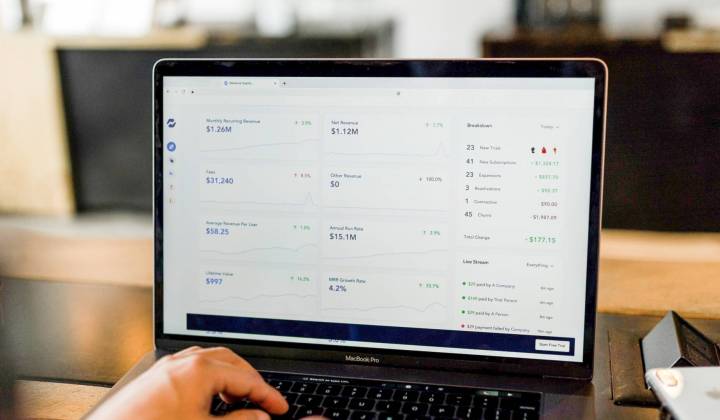It’s official now. Google recently announced their plans to sunset the previous version of Google Analytics—known as Universal Analytics or GA3—on July 1, 2023, which means it’s time for your company to migrate over to the next generation of Google Analytics—known as Google Analytics 4 or GA4.
This announcement may come as a shock to many and will no doubt impact the nearly 30 million sites that leverage Google Analytics today. What little comfort we have is knowing that we’re all in this, together.
We have less than a year to make the switch and become familiar with GA4’s new interface. This migration will require a new kind of thinking; it will require us all to adapt our internal processes, learn new technology, and become more thoughtful about how and why we collect customer data.
What will happen to my Universal Analytics data?
All standard Universal Analytics properties will stop processing new hits on July 1, 2023. After this date, you will only be able to view historical reports of previously processed data in Universal Analytics for up to six months. If you’re using the paid version of Google Analytics (known as Google Analytics 360), these properties will stop processing new hits on October 1, 2023.
Google has not yet specified the date when Universal Analytics will no longer be accessible to users, but our advice is to hope for the best and expect the worst. We expect that Google will pull the plug entirely by the end of 2023. This means you have a little over a year to say goodbye to your Universal Analytics properties.
Can I move data from Universal Analytics to GA4?
Unfortunately, no, are will not be able to. GA4 can only collect new data for which it is configured. Previously processed data in Universal Analytics should be exported and then blended with GA4 data in a separate data visualization tool, such as Data Studio or Tableau.
What should I expect from GA4 vs. Universal Analytics?
Universal Analytics and GA4 are two fundamentally different products and should be treated as such. If you’re expecting an apples-to-apples migration with the same features, measurements, and processes you’re accustomed to, you will be disappointed.
Universal Analytics is known as an all-in-one tool, with data collection, analysis, and reporting all built into a single interface. By comparison, Google Analytics 4 focuses solely on ad hoc data analysis and is meant to be paired with other advanced tools, including:
- Google Tag Manager for data collection
- Google BigQuery for cloud data warehousing
- Google Data Studio for data visualization and reporting
GA4 is not an all-in-one tool, so you should expect to familiarize yourself with these associated tools to successfully migrate to GA4.
Additionally, they have two distinct measurement models, which means you will need to rethink how you go about collecting data. Universal Analytics properties leverage a users-, sessions-, pageviews- and hit-based measurement model, whereas GA4 now uses an events-based measurement model, where everything that happens on a site is now considered an event—including page views, clicks, transactions, searches, etc.
Migration phases
Migrating to GA4 is a lot more work than “change the old code to the new code”. Due to this, we would recommend approaching a GA4 migration in phases, as different types of data are now collected differently. This includes – but is not limited to:
- Pageview tracking
- Event Tracking
- eCommerce Tracking
- Inter-platform integration
For a phased approach, we would recommend:
Phase 1: Create a GA4 property that tracks pageviews and “standard” events.
Phase 2: Implement KPI related events (e.g. form fills)
Phase 3: Implement e-commerce events
Phase 4: Implement other custom tracking (e.g. non-KPI events, custom dimensions, integrations)
Phase 5: Once data is collected – full implementation audit, and adjustments as required.
Once implementation is completed, GA4 will now be running alongside UA and ready for you to report from should you wish to.
We would recommend collecting data from GA4 for at least a year before switching any reporting (including but not limited to custom reporting, and dashboarding) from UA to GA4.
More about event tracking in GA4
Events have changed from the old “category, action, label” configuration and will need to be re-scoped according to your measurement plan.
Event Name effectively replaces “Event Category”, however, any granular details (that were previously housed under action and label) are now determined by you as an event parameter. This is more flexible for you, however there are more steps to creating event tracking than before.
- Determine what “core” events you need to track e.g. form submissions
- For each core event, determine what parameters are needed to help differentiate between them. Note: The parameter name must consist of letters, numbers or underscores, and it must not start with a number e.g. Form_Name(Free Measure and Quote)
Do you need help setting up Google Analytics for your business?
We offer Google Analytics consulting services and can help you learn how to use Google Analytics, set it up, and get more value from your data.
Find Out About Our Google AnaLytics Services



